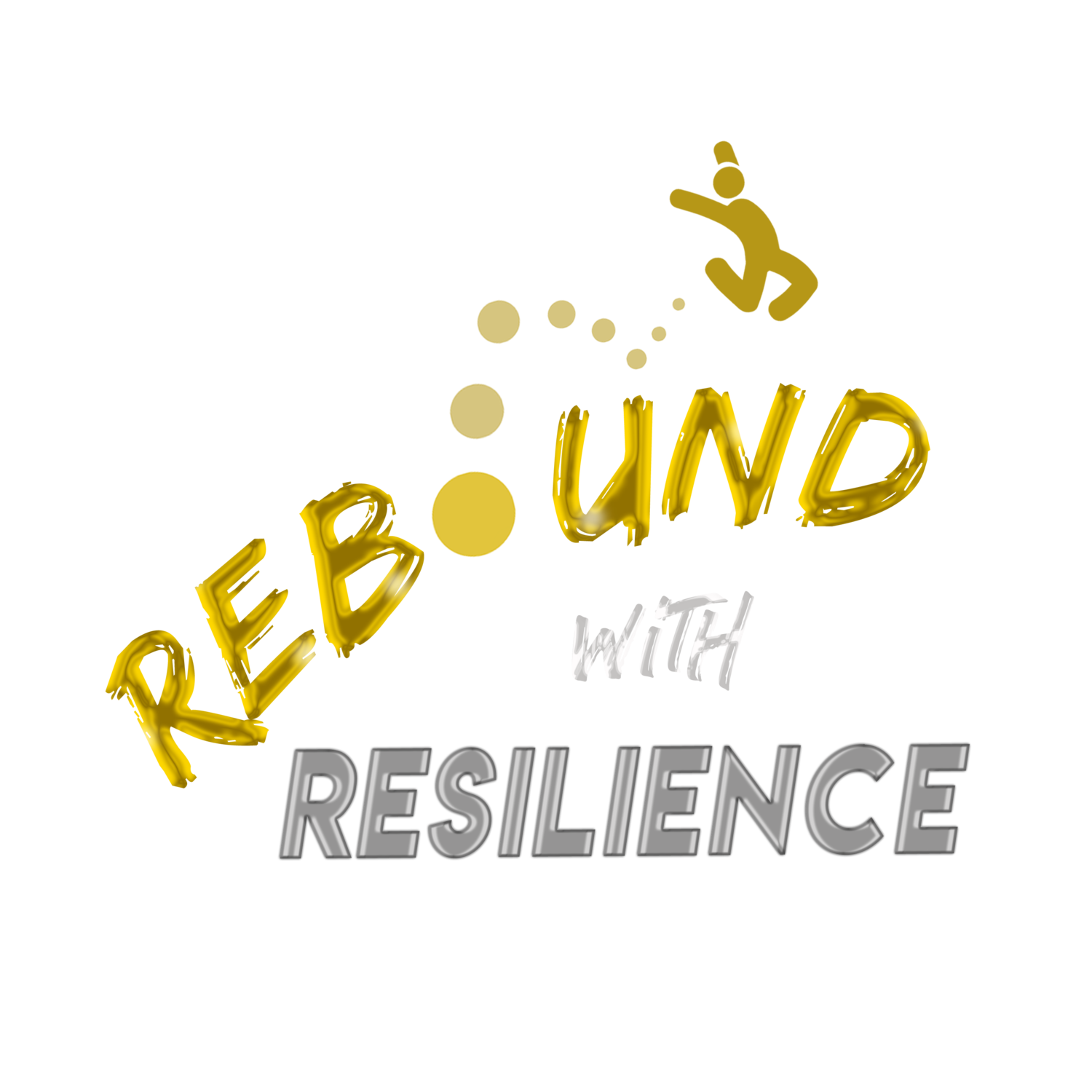Happy New (School) Year! A new year brings new possibilities and challenges.
In a recent speech, Minister Chan Chun Sing highlighted the 7 shifts in education we must strive to achieve. In it, he referenced the importance of sensemaking, multiple modes of teaching and socio-emotional and mental resilience foundations.
Drawing on his speech and my experiences, I’d like to share 5 suggestions that will nurture a shift to a culture of resiliency and well-being
1. Context, Together With Content.
Minister Chan highlighted that youth are bombarded with information, much of it mature and unfiltered content (Tik Tok for e.g). This presents two major challenges: 1) Stress or trauma from comparison or bullying; and 2) Being exposed to and adopting ideologies wholesale without accounting for the bigger picture.
As such, what works for us is strongly emphasizing the distinction between context and content. We deep dive in helping students understand themselves and the ‘WHY’ first, before the ‘WHAT’ and the “HOW’. In a wider CCE context, programmes may be designed with an ‘inside-out’ approach, where students are engaged and understood, before content is shared and recommended.
2. Laying A Foundation of Trust and Empathy.
To nurture sensemaking, empathy is necessary. Empathizing with Gen Z’s may look like this - recognizing personal bias, listening with an open mind and willingness to understand different perspectives. This is not easy to do, as youth may take on ideologies, follow trends easily, and get triggered (and use this frame against authority). As such, it may be good to help them appreciate your considerations, while understand theirs, before coming to mutual agreement or an overriding decision.
Resiliency can also be relooked at. Positive psychology and mindset training, applied wholesale, might be misconstrued as ‘toxic positivity’ by Gen Zs, and a lack of validation. Hence, applying concepts like the growth mindset or language might work best when married with first holding space and empathetic validation of students’ current mental states and health.
3. Inspiring A Culture Of Vulnerability.
What separates people with a strong sense of esteem and belonging, against those who struggle for it? Brene Brown (a renowned researcher) found the answer in one core variable – a feeling of worthiness, made possible by vulnerability.
Yet, students still indicate fear of judgement in seeking help or opening up, which leads to unhelpful numbing and suppression. To tackle this, Brown’s research shows that leaders’ modelling vulnerability is an effective catalyst. It can be done selectively, with authentic storytelling and positive outcomes. This allows students to internalize, practice and normalize vulnerability.
In one of our programmes, we read statements of increasing disclosure. Students who identify with it walk to a line and face classmates for a brief period. The activity is silent, designed to facilitate vulnerability and empathy. After the activity, a student passed me a handwritten note. It read: “Thank you. I really enjoyed this. It made me let out all my emotions I’ve been holding in for months. I now know that my friends and teachers are here to love and support me. Thank you.”
4. Traditions & Reinforcement
Shared traditions and common language sustain mindsets and behaviour effectively. This is not new in the school environment. The challenge moving forward would be to make traditions trendy and co-created with students. As Minister Chan mentioned, different mediums could be explored (with supervision). Some examples include school social media pages, campaigns or transforming physical spaces. It may also be helpful to work with vendors to co-create ones that are seamless and sustainable (bearing in mind teachers’ tight schedules). We are beginning to work with schools to measure resilience and wellness, engage student leaders as cultural stakeholders, and provide teachers’ toolkits and facilitation frameworks beyond one-off programmes. This helps anchor strong socio emotional and resilience foundations.
5. Media / Digital Mediums.
Gen Zs are digital natives, and Minister Chan has encouraged usage of digital platforms to educate, engage and drive culture. For us, we produce media content and work with a mental wellness app (Kura Kura) to help students do guided journaling, reflection and peer support. Another notable effort is Safe Pod, an initiative conceptualized by Eric Chua (Senior Parl Sec), where a mental wellness van is placed in schools to engage students and destigmatize mental health. We produced a video featuring kids participating (scan the link below!) Finally, schools can consider student led pages/media initiatives to raise awareness and drive culture. While there is fair concern with social media, I believe we must take the leap of faith to guide students to harness technology for worthwhile causes. Why? When we engage students where their attention is, change is more likely and sustainable.
Conclusion
I sincerely hope these 5 pointers have given you inspiration and insights! I deeply appreciate the work you do. Let’s work hard and heartily to raise the resiliency, empathy and mental wellness of our youth
With Love and Resilience,
Kevin Wee
-----
Rebound with Resilience is a social enterprise specializing in resilience building, mental wellness and peer support skills. We also work with people with disabilities, giving them opportunities to speak in schools and inspire youth with their stories of resilience. Since inception, we have worked with over 70 schools and served over 10,000+ students
